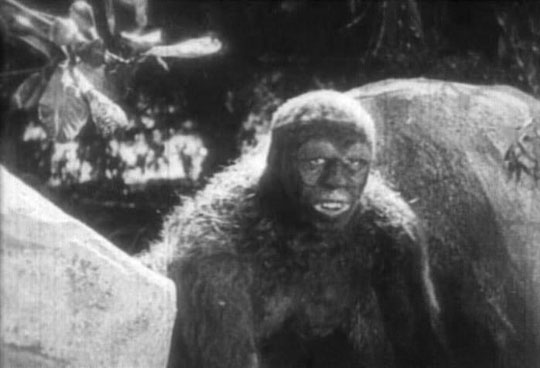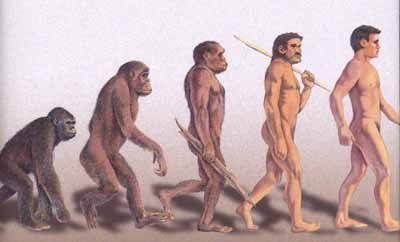Fossilized teeth, like the small ape found in Libya, show that the ancients migrated from Asia to Africa, not in the opposite direction as palaeontologists' long-standing views.

Ancient gibbon. (Internet photo)
This is an observation by researchers at the Poitiers University of France published in the British " Natural " science magazine on October 27.
Speaking to AFP news agency , Jean-Jacques Jaeger participated in the study to clarify based on the findings in Egypt and Algeria, the world so far only known a single species of gibbon appeared in Africa. 37 million years ago.
However, the gibbon human fossils found in the region of Dur At-Talah in Central Libya showed that three other species of gibbon existed from 38 million to 39 million years ago, including one living in Europe. ASIAN.
 Mr. Jaeger said the above fossil teeth belong to small gibbon, weighing only 120 to 470 grams in adulthood. These gibbons' limbs can be grasped and have claws, not claws. Their tails work to balance when climbing or jumping.
Mr. Jaeger said the above fossil teeth belong to small gibbon, weighing only 120 to 470 grams in adulthood. These gibbons' limbs can be grasped and have claws, not claws. Their tails work to balance when climbing or jumping.
According to Mr. Jaeger, these findings show that gibbons migrate from Asia to Africa and our ancestors have very small stature.
The new discovery will re-ignite controversies that have been very exciting among paleontologists about human origin.
The finding also raises the question of whether all three newly discovered small gibbon species originated in Asia, or were they the evolutionary results of the ape that was discovered in Africa. Mr. Jaeger's group is inclined to the first assumption.
 Discovered an ancient centipede fossil 99 million years old
Discovered an ancient centipede fossil 99 million years old Discovered bat-like dinosaurs in China
Discovered bat-like dinosaurs in China Discovered a 200-year-old bronze cannon of the coast
Discovered a 200-year-old bronze cannon of the coast Discover 305 million-year-old spider fossils
Discover 305 million-year-old spider fossils